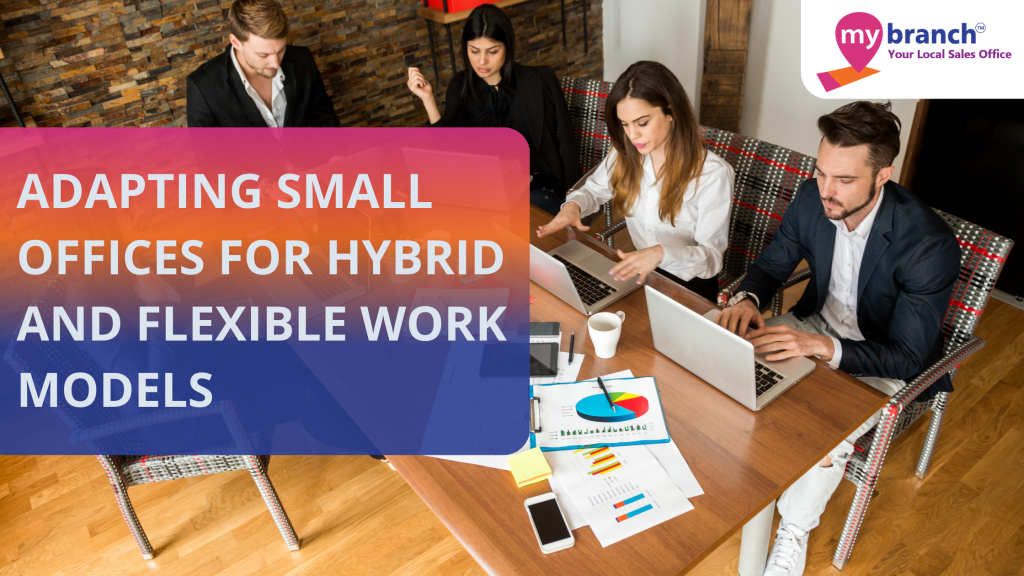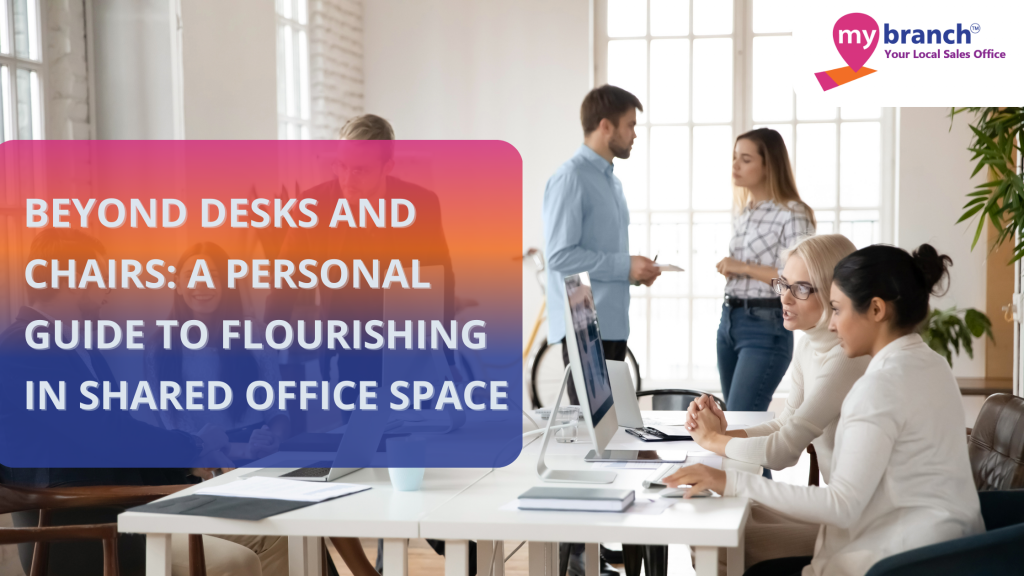
In recent years, coworking spaces have transformed the way people work, bringing together professionals from various fields into a shared environment. These spaces are more than just desks and Wi-Fi; they offer a unique blend of community and collaboration that can significantly enhance productivity and job satisfaction. This blog explores the social magic of such workspaces and how they create an environment that nurtures professional growth and personal well-being.
The Rise of Coworking Spaces
The concept of coworking office space emerged in the early 2000s, driven by the need for flexible work environments. Unlike traditional offices, these offices offer a dynamic setting where freelancers, entrepreneurs, remote workers, and small businesses can work independently yet together. This shift has been fueled by the increasing number of remote workers and the growing gig economy, highlighting the importance of flexible and collaborative work environments.
Building a Sense of Community
The important advantage of flexspaces is the sense of community they foster. Unlike the isolation that often comes with working from home, these offices bring together individuals from diverse backgrounds and industries. This community spirit can lead to increased motivation and engagement as members support and inspire each other.
1. Networking Opportunities: Shared offices are inherently social, providing ample opportunities for networking. Whether it’s through formal networking events, casual coffee breaks, or collaborative projects, members can connect with like-minded professionals. Such interactions can lead to new professional opportunities, partnerships, and friendships.
2. Collaboration and Innovation: The diverse mix of people in coworking spaces often leads to innovative ideas and collaborations. With individuals from various industries and expertise working side by side, there’s a constant exchange of ideas and knowledge. This environment can spark creativity and lead to unique solutions and projects that might not have been possible in a more isolated setting.
3. Supportive Environment: These workspaces provide a supportive environment where members can seek advice and feedback from their peers. This sense of community support can be particularly beneficial for freelancers and entrepreneurs who may otherwise lack a professional support system. Sharing experiences and challenges with others can lead to valuable insights and encouragement.
Enhancing Productivity and Well-being
The design and amenities of flexspaces are often geared towards enhancing productivity and well-being. From ergonomic furniture to wellness programs, these spaces are designed to cater to the needs of modern professionals.
1. Flexible Work Environment: Shared workspaces offer flexibility that traditional offices often lack. Members can choose from various work settings, such as private offices, open desks, or cozy lounge areas, depending on their needs and preferences.
2. Work-Life Balance: Many offices provide amenities that promote work-life balance, such as fitness centers, meditation rooms, and social events. These facilities encourage members to take breaks, engage in physical activity, and socialize, contributing to overall well-being and reducing burnout.
3. Access to Resources: Coworking spaces often provide resources that might be inaccessible to individuals working from home or small offices. This includes high-speed internet, meeting rooms, office equipment, and professional services such as reception and mail handling. Access to these resources can enhance productivity and efficiency, allowing members to focus on their core tasks.
The Economic and Environmental Impact
Coworking spaces also have broader economic and environmental benefits. By providing flexible workspace options, they contribute to local economies and promote sustainable practices.
1. Economic Growth: Coworking spaces contribute to local economies by supporting small businesses, freelancers, and startups. They often partner with local vendors and service providers, creating a ripple effect of economic benefits. Additionally, the success of members within coworking spaces can lead to job creation and business growth in the community.
2. Sustainability: Flexspaces promote sustainability by maximizing the use of shared resources and reducing the need for individual office spaces. This collective use of space can lead to lower energy consumption and a smaller carbon footprint. Many such office spaces also implement green practices such as recycling programs, energy-efficient lighting, and sustainable building materials.
The Future of Coworking Spaces
As the nature of work continues to evolve, many coworking space for rent are likely to become even more integral to the professional landscape. The demand for flexible workspaces is expected to grow, driven by the increasing number of remote workers and the desire for work-life balance.
1. Adapting to New Work Trends: Flexspaces are well-positioned to adapt to new work trends, such as hybrid work models where employees split their time between the office and remote locations. These spaces can offer a middle ground, providing a professional setting with the flexibility that modern workers seek.
2. Expanding Services: To meet the diverse needs of their members, these officespaces are continually expanding their services. This includes offering more specialized spaces, such as labs for tech startups, studios for creatives, and wellness programs for holistic health. By diversifying their offerings, shared workspaces can cater to a broader range of professionals.
3. Global Connectivity: With the rise of digital nomads and remote work, these spaces are also becoming hubs for global connectivity. Many office spaces offer memberships that provide access to networks of coworking locations worldwide, allowing members to work from different cities and countries while maintaining a sense of community and continuity.
Conclusion
Coworking office spaces have transformed the way people work by creating surroundings that foster community, collaboration, and productivity. They offer flexible, resource-rich settings that cater to the needs of modern professionals, enhancing both work performance and personal well-being. As the demand for flexible work arrangements continues to grow, the social magic of coworking spaces will play an increasingly important role in shaping the future of work. By embracing the benefits of shared offices, businesses and individuals alike can thrive in a dynamic and supportive professional community.







